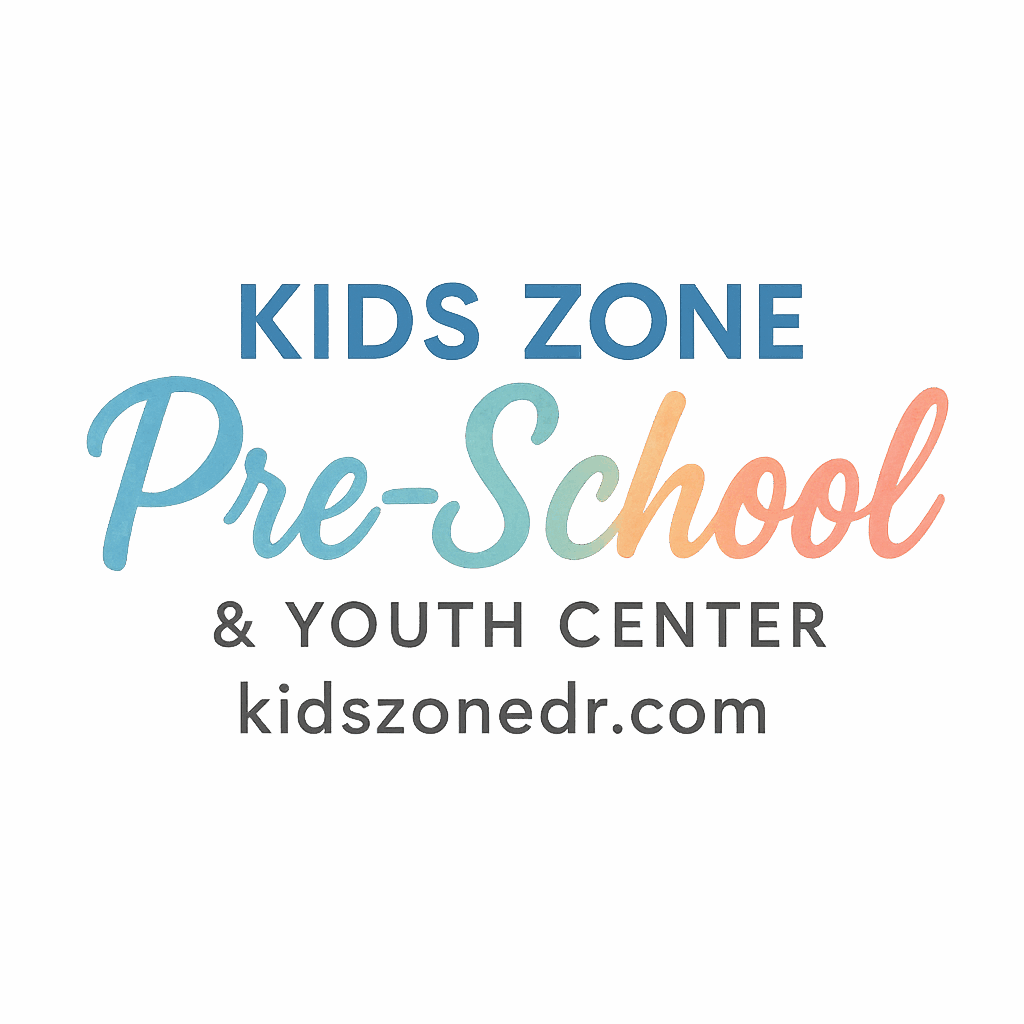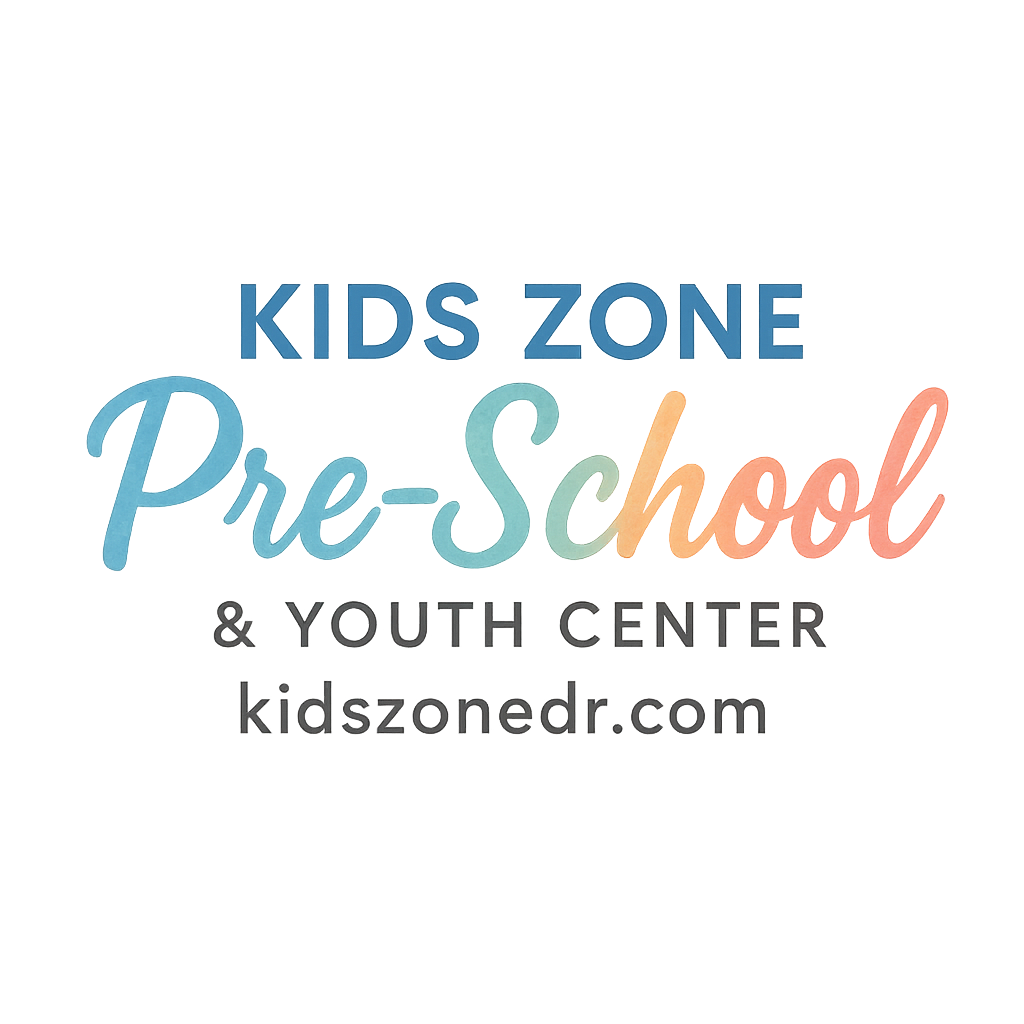Introduction to Lego Play in Early Childhood
Walk into any preschool or youth center, and you’ll probably spot a bucket of colorful Lego bricks. These tiny building blocks are more than just toys—they’re tools for imagination, problem-solving, and even teamwork. Lego play has become a cornerstone of early childhood learning because it’s fun, versatile, and educational.
Why Lego Play is Essential for Preschoolers
Boosts Creativity and Imagination
When children grab Lego bricks, they instantly step into a world where the only limit is their imagination. From castles to rocket ships, Lego play lets kids design, experiment, and create without boundaries.
Enhances Fine Motor Skills
Snapping Lego pieces together may seem simple, but it strengthens finger muscles and hand-eye coordination. These fine motor skills are vital for writing, cutting, and other preschool milestones.
Encourages Problem-Solving
Ever seen a child try to figure out why their Lego tower keeps toppling over? That’s problem-solving in action. Lego encourages trial and error, patience, and logical thinking—skills that carry over into daily routines and school activities.
Setting Up Lego Play in a Preschool or Youth Center
Choosing the Right Lego Sets
For preschoolers, large Lego Duplo blocks are ideal since they’re easy to grip and safe for little hands. Youth centers with older children can add more advanced Lego kits, introducing gears, wheels, and even robotics.
Creating a Safe and Organized Play Space
Designating a Lego corner helps minimize clutter and keeps playtime safe. Use bins, shelves, or labeled containers to sort bricks by size or color. This simple structure promotes independence and builds healthy habits.
Incorporating Lego Play into Daily Routines
Integrating Lego time into daily preschool routines provides children with a consistent opportunity for structured creativity. It also balances play with learning, making it part of a child’s natural growth cycle.
Lego Play Project 1: Building a Community Town
Houses, Schools, and Shops
Children can design a miniature version of their neighborhood, complete with houses, schools, and grocery stores. This activity teaches them about community roles and familiar daily structures.
Encouraging Role Play with Mini Figures
Adding Lego people brings towns to life. Kids can act out everyday scenes—parents shopping, teachers in classrooms, or families at home—helping them connect Lego play to real-life experiences.
Lego Play Project 2: Animal World Adventure
Creating Farms, Zoos, and Safari Parks
Kids love animals, and Legos are a perfect medium to build barns, zoo enclosures, or even safari landscapes. This hands-on play helps them learn about different creatures and their habitats.
Linking Lego Builds with Storytelling
Teachers can encourage children to make up stories about the animals—like a lion escaping the zoo or a horse racing across a farm. Storytelling fosters language growth and builds confidence.
Lego Play Project 3: Transportation Station
Cars, Trains, and Airplanes
From wheels to wings, kids can design vehicles that zip, roll, or fly. These builds help them understand movement, speed, and function while having fun.
Exploring Movement and Motion Concepts
Educators can use Lego vehicles to introduce simple science topics. For example, rolling a Lego car down a ramp demonstrates motion, gravity, and cause-and-effect in a playful way.
Lego Play Project 4: Nature and Garden Creations
Building Trees, Flowers, and Parks
Children can craft trees, flowers, and playgrounds using green and colorful bricks. This project connects them with nature, even indoors.
Teaching Kids About Environment and Growth
Pairing Lego gardens with real gardening activities helps kids understand growth and responsibility. It’s also a great chance to discuss wellness, healthy eating, and environmental care.

Lego Play Project 5: Famous Landmarks and Buildings
Simple Versions of Castles and Towers
Kids can try their hands at building castles, bridges, or tall towers. These creations teach balance and structure—perfect for exploring engineering basics.
Introducing Culture and History Through Play
Preschoolers might not grasp full historical lessons, but they can connect with simplified cultural icons. Building the Eiffel Tower or a castle sparks curiosity about the world beyond their classroom.
Lego Play Project 6: Space Exploration Adventure
Rockets, Planets, and Space Stations
Children can blast off into creativity by building rockets, planets, and space stations. Lego play becomes a gateway to science exploration.
Inspiring Curiosity About Science
Teachers can extend the activity by introducing fun facts about astronauts or the solar system, blending play with education. This sparks early interest in STEM subjects.
Lego Play Project 7: Creative Free Play Challenge
Open-Ended Building Time
Sometimes the best Lego projects are the ones without instructions. Give children a pile of bricks and let them dream up anything they want.
Encouraging Teamwork and Collaboration
Group challenges, like “Let’s build the tallest tower together,” encourage communication and problem-solving. Team play also builds confidence and social skills.
Tips for Teachers and Parents to Support Lego Play
Asking Open-Ended Questions
Instead of saying, “That’s a nice car,” ask, “Where is your car going?” Questions spark conversation and push children to think deeper.
Guiding Without Taking Over
It’s tempting to “fix” a child’s build, but stepping back allows them to experiment and learn independently. Parents and teachers should act as guides, not directors.
Health and Safety in Lego Play
Choosing Age-Appropriate Pieces
Small Lego bricks can pose a choking hazard. For younger kids, Duplo sets are safer and more suitable for their developmental stage.
Keeping Play Areas Clean and Hygienic
Regular cleaning of Lego bricks ensures a safe play environment. Preschools can set cleaning routines that promote both hygiene and responsibility. For more safety practices, check out preschool health guidelines.
Conclusion
Lego play is more than a pastime—it’s a powerful tool for preschool learning, growth, and development. Whether children are building towns, exploring space, or inventing something entirely new, they’re learning vital skills like creativity, problem-solving, and teamwork. By integrating Lego into daily preschool routines and youth center activities, we can nurture well-rounded, confident, and curious kids who are ready to take on the world.
FAQs
1. Why is Lego play important in preschool?
Lego play develops creativity, problem-solving, fine motor skills, and teamwork—all essential for early childhood growth.
2. What age group is best for Lego play?
Duplo blocks are perfect for ages 2–4, while standard Lego sets are better for kids 5 and up.
3. How can teachers integrate Lego into learning?
Teachers can use Lego for storytelling, science demonstrations, and themed projects like building towns or gardens.
4. Can Lego play support language development?
Yes! Storytelling, role-play, and group discussions during Lego play encourage vocabulary growth and communication.
5. How do parents encourage safe Lego play at home?
Choose age-appropriate sets, supervise younger kids, and keep Lego pieces clean and organized.
6. What’s the difference between structured and free Lego play?
Structured play involves guided projects, while free play lets kids build anything they imagine, promoting independence.
7. Can Lego help shy kids gain confidence?
Absolutely. Lego group activities foster collaboration, helping shy children engage, express ideas, and build confidence.


